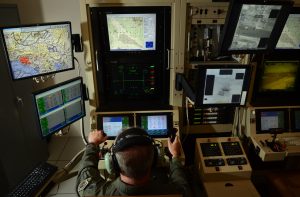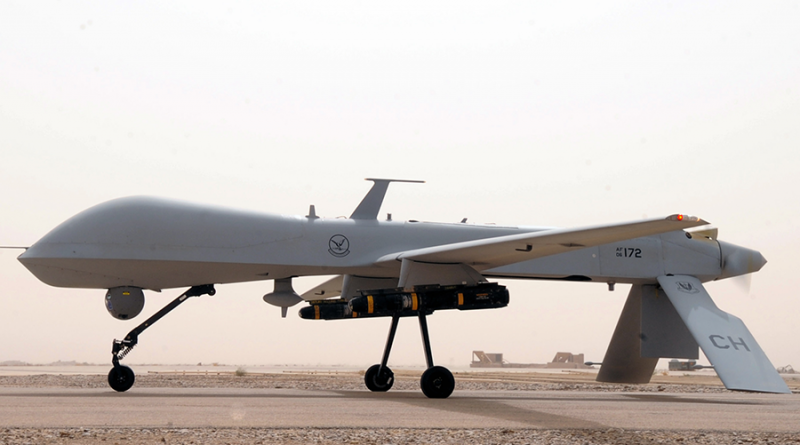The Role of Drones and Automation in Modern Warfare
Christian Hui
Staff Writer
Unmanned aerial vehicles have in recent years become key to worldwide military endeavors. From supply drops, munitions, or reconnaissance, drone technology has changed how countries prepare for and resolve conflict. This holds true for the Russia-Ukraine War, with full utilization of the offensive and informational capabilities of modern drone technology.
Before even setting foot on the battlefield, drones play a key role in making tactical decisions and deployments. Drones are equipped with sensors and optical technologies that can give topographical information to their operators. From a real-time reconnaissance standpoint, this also means that drones aid in making situational decisions and creating positional advantages. Data analysis in the realm of warfare has become indispensable to any global force, as drones enable countries to gain key analytical insights without endangering a single troop. These surveillance capabilities offer advantages both off and on the battlefield, with the capabilities to counter or disrupt hostile activities such as supply lines and intel gathering and create the informational basis to make these kinds of decisions.

UAVs have never been nimbler and more precise. Drone pilots are equipped with the facilities to commandeer these vessels with surgical precision, being capable of striking targets of any size while minimizing collateral damage and protecting civilians from hostiles. Drones have simply become more practical in these operations, with the ability to complete a given task while preventing harm to any innocent third party. These operations are guided by the same data gathered by the drones themselves, once again demonstrating the intelligence-gathering capabilities of unmanned aircraft.
In a civilian context, drones have found applications in the global supply chain. From Amazon to Alphabet, drones and automation have served to cut costs, streamline supply chain operations, and simplify logistics in an unprecedented way. The same holds for military logistics. Drones facilitate undetected communications between target groups and can be used to communicate needs and suggested actions given situational demands. In the Russia-Ukraine conflict, drones have most heavily been used to create a nontraditional supply network, where drones deliver necessary goods for strategic objectives in tighter spaces and time ranges than those allowed by larger manned vessels. Automation allows for inventory auditing services, where top command can track the availability of resources and supplies and make decisions accordingly.

Global conflicts have driven innovation in automation and technology in a way that no other force has done. Processors have become smaller, and quadcopter drones now fit snugly in the palm of a hand. As unmanned vehicles become smaller and smaller, they become more resilient to enemy disruptions such as anti-air technologies. Drones have also driven public-private partnerships and businesses in relevant areas, which include suppliers for even a single drone’s analytical, optical, and offensive technologies. The Russia-Ukraine War has expanded into an informational and technological struggle miles away from the battlefield, akin to the Space Race against the Soviet Union in years past. The development of these technologies at a breakneck pace has brought up humanitarian concerns regarding the ethicality of some of the weapons equipped with what used to be commercial drones. Even more eyebrows have been raised in response to the hyper-profitability of Russian and Ukrainian drone manufacturers whose revenue almost seems to be proportional to growing casualties.
Drones have been integrated into warfare to the point where the informational and logistical advantages of UAV usage are key to safely completing military objectives. Even in the most dangerous conflicts of our time, drones provide potential insights that can turn the tide of battle. Technology has changed the concept of war to that of a conflict on two fronts, the battlefield and the database. Only time will tell how nations worldwide will react to this new style of modern warfare.
Contact Christian at christian.hui@student.shu.edu

